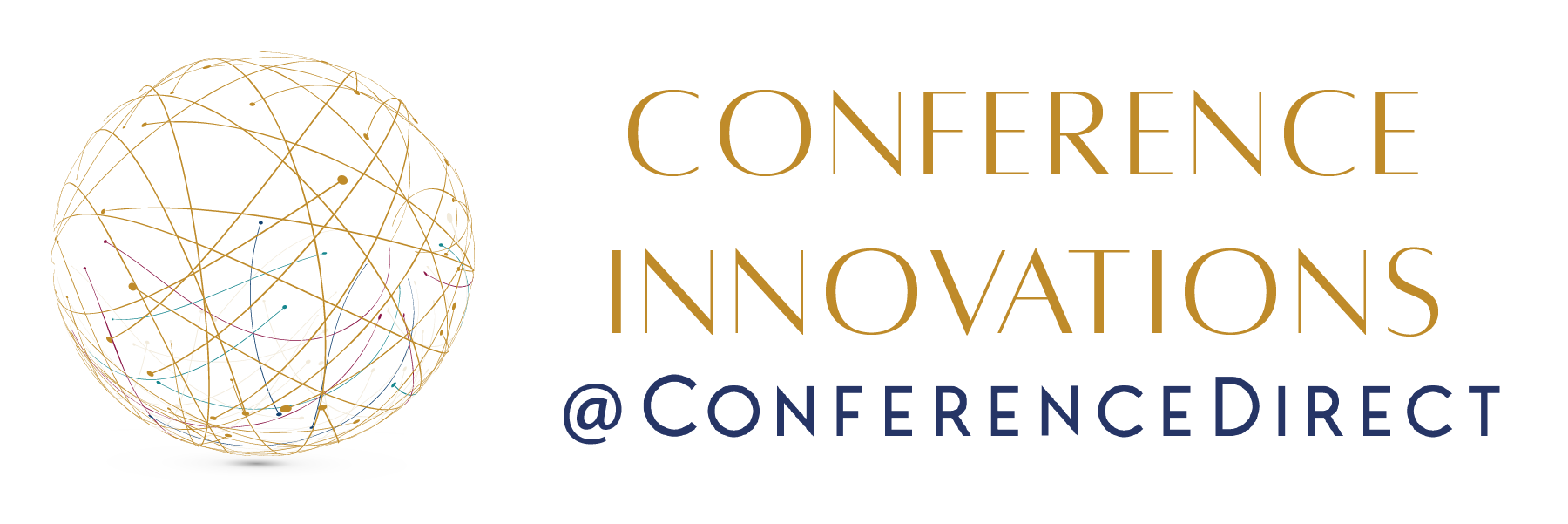When was the last time your corporate retreat truly engaged everyone? That’s a question many business leaders, HR directors, and event planners are asking as corporate culture continues to evolve. With remote work becoming the norm and teams dispersed across geographies, traditional in-person retreats often fail to include or excite everyone. The growing demand for flexibility and inclusivity in corporate events has sparked a shift toward virtual and hybrid retreats—an accessible, cost-effective way to rethink connection and collaboration.
Hybrid and virtual retreats are no longer a trend; they’re establishing themselves as the new standard for corporate gatherings. Whether you’re planning a sales kickoff, cultivating stronger client relationships, or boosting employee morale, these formats offer flexibility without sacrificing impact. This blog explores why hybrid and virtual retreats are here to stay, the tools that make them effective, and strategies to design retreats that engage both remote and in-person attendees.
Why Hybrid and Virtual Retreats Are Here to Stay
The rise of remote work has fundamentally reshaped how companies operate and connect. Over 75% of companies have adopted some form of remote or hybrid work policies, with distributed teams now the backbone of many organizations. Traditional retreat formats, which often exclude remote employees due to logistical or cost concerns, no longer suit the needs of modern enterprises.
Here’s what makes hybrid and virtual retreats so compelling for corporate gatherings:
Enhanced Accessibility for Distributed Teams
Hybrid retreats provide opportunities for remote and on-site employees to connect meaningfully. This inclusion breaks down geographical barriers, ensuring everyone—from your top-performing sales reps in New York to your design team in Singapore—can participate. Through virtual formats, even external partners and global clients can engage in key sessions.
Cost Savings With Big Returns
Eliminating the need for all employees to travel cuts down on costs significantly. Companies redirect these savings into higher-quality programming, guest speakers, or perks for attendees. The ROI? Greater engagement, innovation, and team alignment without ballooning expenses.
Diverse Use Cases
Hybrid formats excel in various scenarios:
- Sales Kickoff Meetings: Energize your global sales team with remote breakout sessions tailored to markets, followed by high-impact in-person presentations.
- Employee Connection Retreats: Include remote employees in live workshops streamed to virtual platforms.
- Client Engagement: Facilitate memorable experiences—like virtual wine tastings—while delivering thought leadership presentations.
A Real-World Example
Take ConnectTech, a SaaS leader with employees spanning five continents. The company hosted a hybrid sales retreat to align its global team. Remote teams joined interactive virtual strategy sessions, while in-person attendees participated in leadership panels. This blend resulted in a record-breaking quarter, with 98% of attendees reporting better team alignment.
Tools and Technologies That Enhance Remote Engagement
The success of hybrid and virtual retreats relies on seamless technology integration and creative engagement strategies. Here are the must-have tools:
Virtual Collaboration Platforms
Tools like Zoom, Microsoft Teams, and Hopin are staples for hosting hybrid and virtual events. They simplify communication and collaboration while offering features like breakout rooms and chat functions.
Interactive Engagement Apps
- Live Polling with tools like Slido ensures real-time participation from remote attendees.
- Collaborative whiteboarding platforms such as Miro facilitate brainstorming sessions across both in-person and virtual spaces.
- Q&A tools allow everyone to feel heard, regardless of location.
Immersive Experiences With VR and AR
Want to leave a lasting impression? Platforms like Gather.Town or Virbela create virtual environments that mimic the feel of in-person events. Virtual reality can transport participants to simulated team-building experiences, while augmented reality enhances product showcases.
Gamification
Transform traditional team-building exercises into engaging games. Think hybrid scavenger hunts or virtual escape rooms accessible to attendees at home and onsite. These activities drive collaboration and ensure remote team members stay actively involved.
Designing Agendas That Blend In-Person and Virtual Experiences
Crafting an engaging hybrid or virtual retreat requires thoughtful planning. Use these tips to include everyone without sacrificing creativity or depth.
1. Build a Foundation of Inclusivity
- Accommodate Time Zones: Plan sessions during overlapping work hours for global teams. For example, a 10 AM session in New York allows participation from remote teammates in Europe or South America.
- Foster Equal Engagement: Incorporate activities that involve everyone, such as live Q&A sessions, simultaneous brainstorming via Miro, or audience polling.
2. Craft Memorable Experiences
- Creativity With Activities: Pair live tastings for in-person teams with virtual cooking classes online. Both groups share the experience without being in the same room.
- Team-Building Fun: Host virtual escape rooms, trivia games, and collaborative challenges like hybrid scavenger hunts.
- Shared Takeaways: Provide branded merchandise or care packages to both in-person and remote attendees that align with the retreat’s theme.
3. Balance Work and Play
Blend serious work sessions with fun social bonding activities:
- Professional Content: Plans could include company strategy updates, leadership panels, and client discussions.
- Social Bonding: Virtual happy hours with custom cocktail kits or hybrid team trivia build personal connections that improve workplace rapport.
The Role of Hybrid Retreats in Strengthening Corporate Relationships
Hybrid and virtual retreats aren’t just about team engagement; they can enhance external relationships as well.
Client Engagement
Use retreats as an opportunity to connect with key clients. Exclusive access to presentations, thought leadership panels, and collaborative workshops demonstrates your commitment to their business needs.
HR Alignment
For HR teams, hybrid retreats present a priceless opportunity to improve employee engagement. Reinforce company culture among remote-first employees through engaging activities and leadership alignment sessions.
Challenges and Solutions in Virtual and Hybrid Retreats
No format is without its challenges. Here’s how to address common obstacles:
Neutralizing Digital Fatigue
Shorten virtual sessions to 60–90 minutes and incorporate frequent breaks. Switching up formats—like alternating between keynote talks and group brainstorming—keeps energy levels high.
Overcoming Tech Issues
Test all platforms and technology ahead of time. Hire skilled moderators or tech support to troubleshoot any hiccups swiftly.
Maintaining Engagement
Interactive tools like polling and gamification ensure remote participants don’t default to multitasking. Skilled facilitators drive discussions that keep everyone actively involved.
Virtual & Hybrid Retreats Are the Future of Corporate Gatherings
Hybrid and virtual retreats give businesses the opportunity to connect global teams, strengthen client relationships, and create experiences that genuinely engage everyone. By leveraging advanced tools, thoughtful planning, and creative formats, these retreats bridge divides between in-person and remote attendees, leaving lasting impacts on corporate culture.
If you’re ready to transform your corporate gatherings into unforgettable experiences, we’re here to help.













